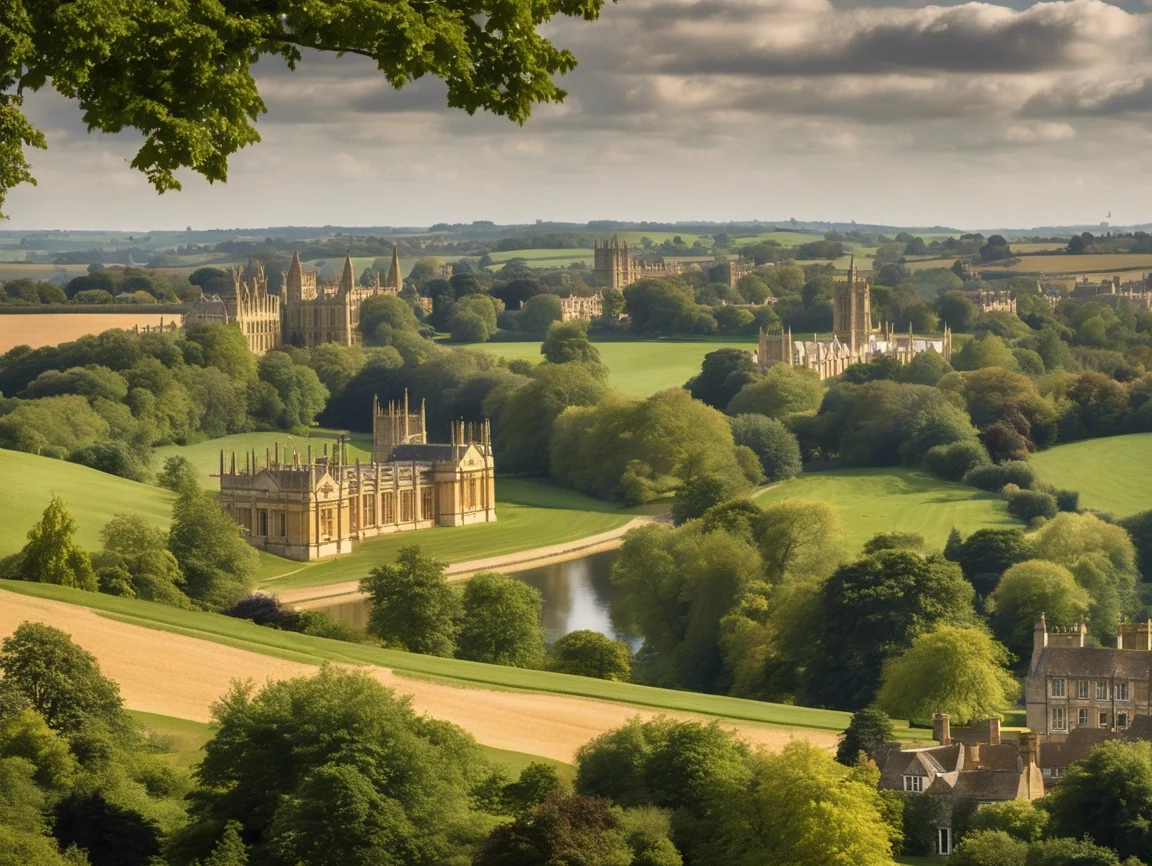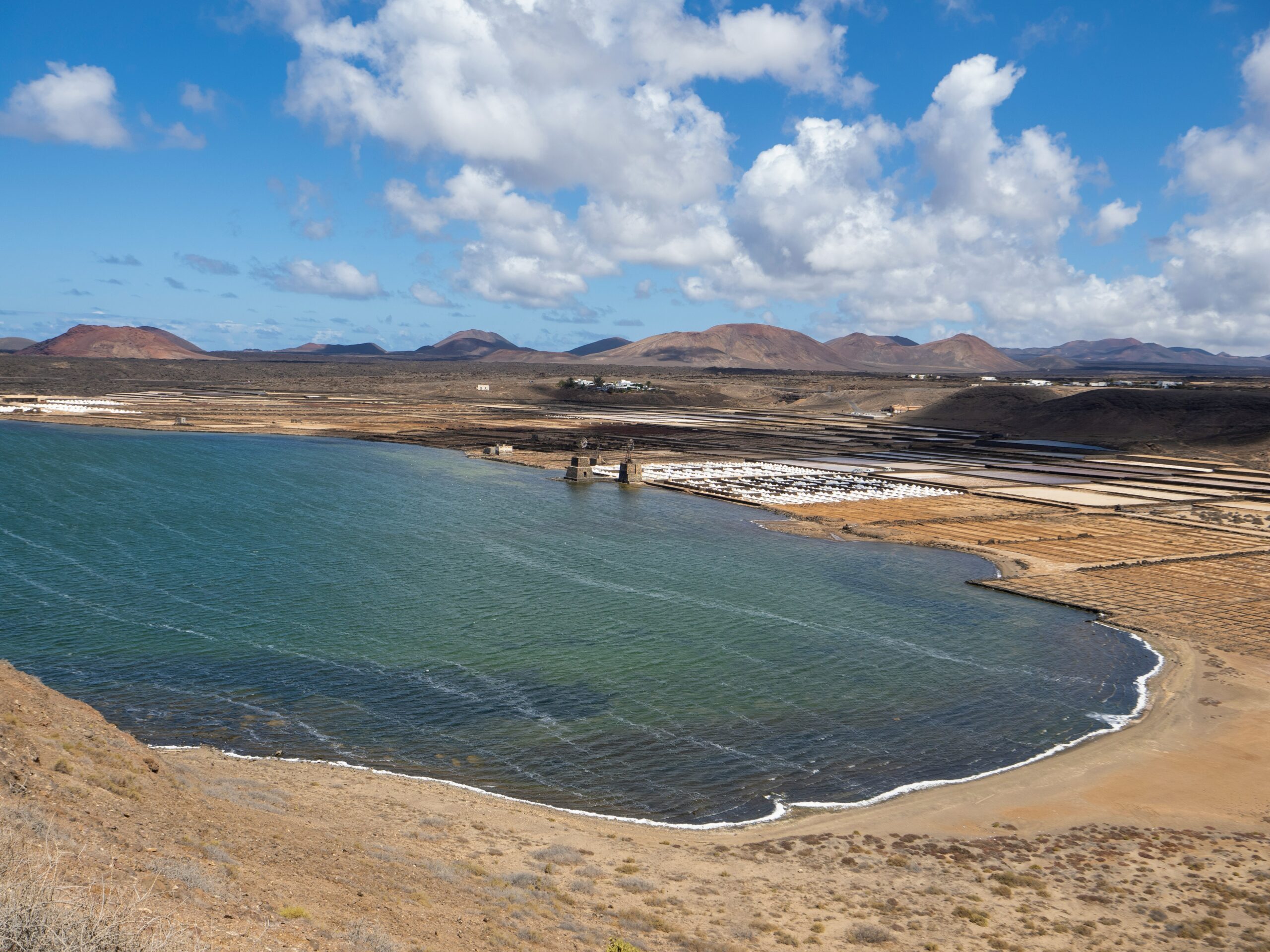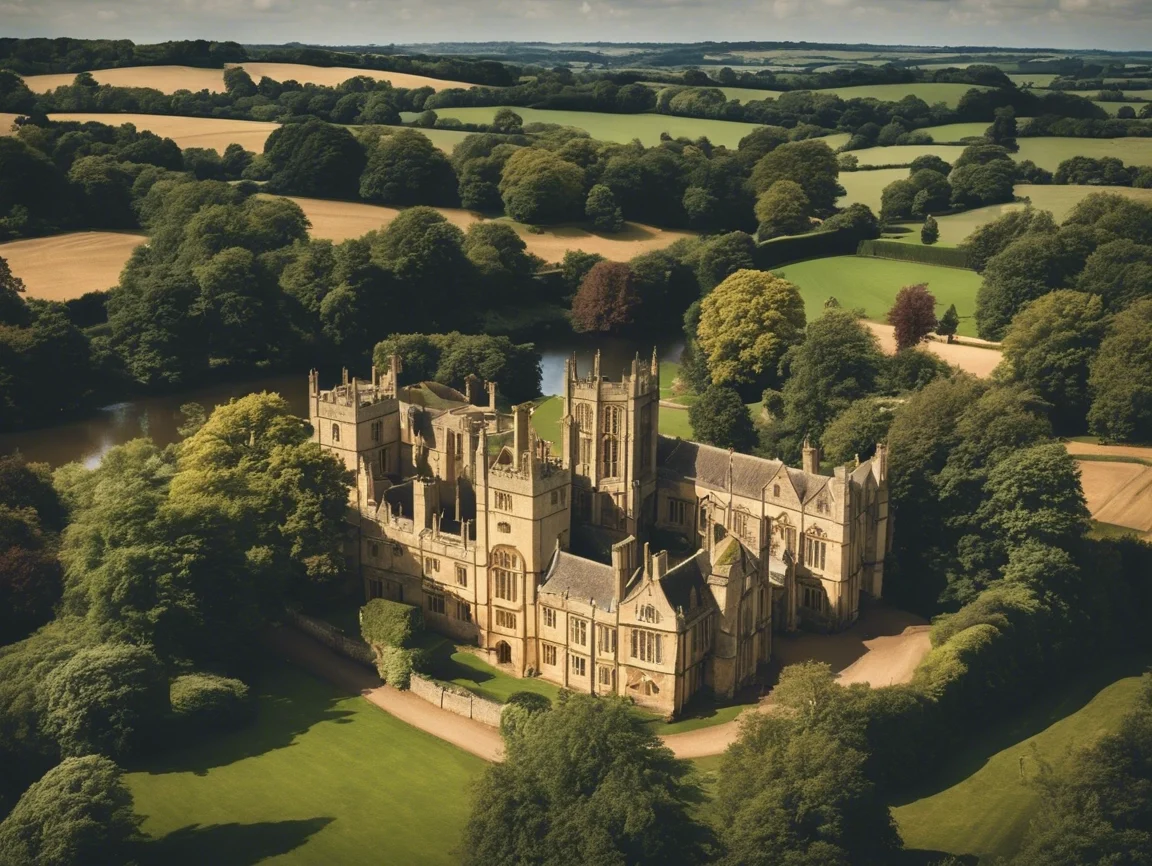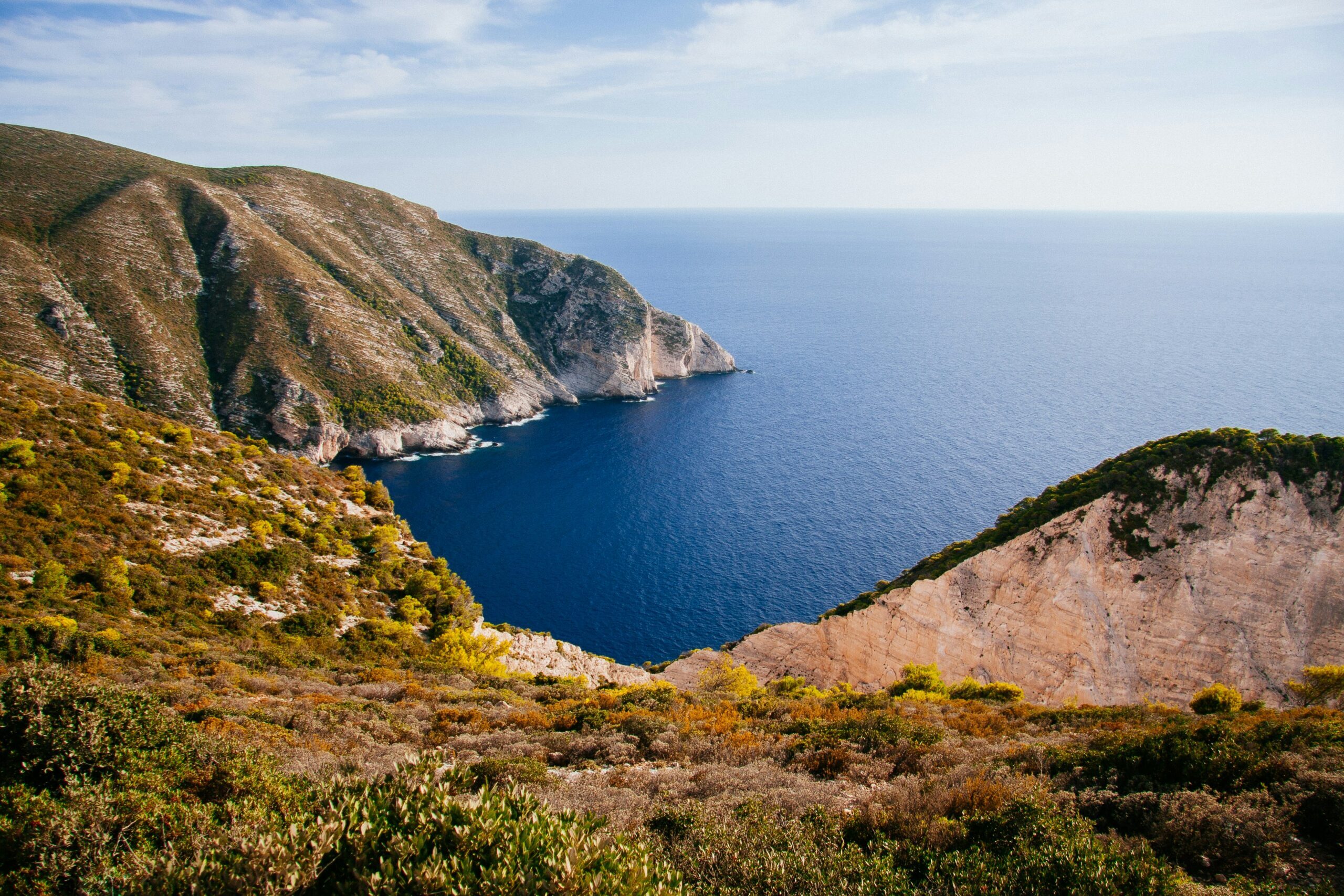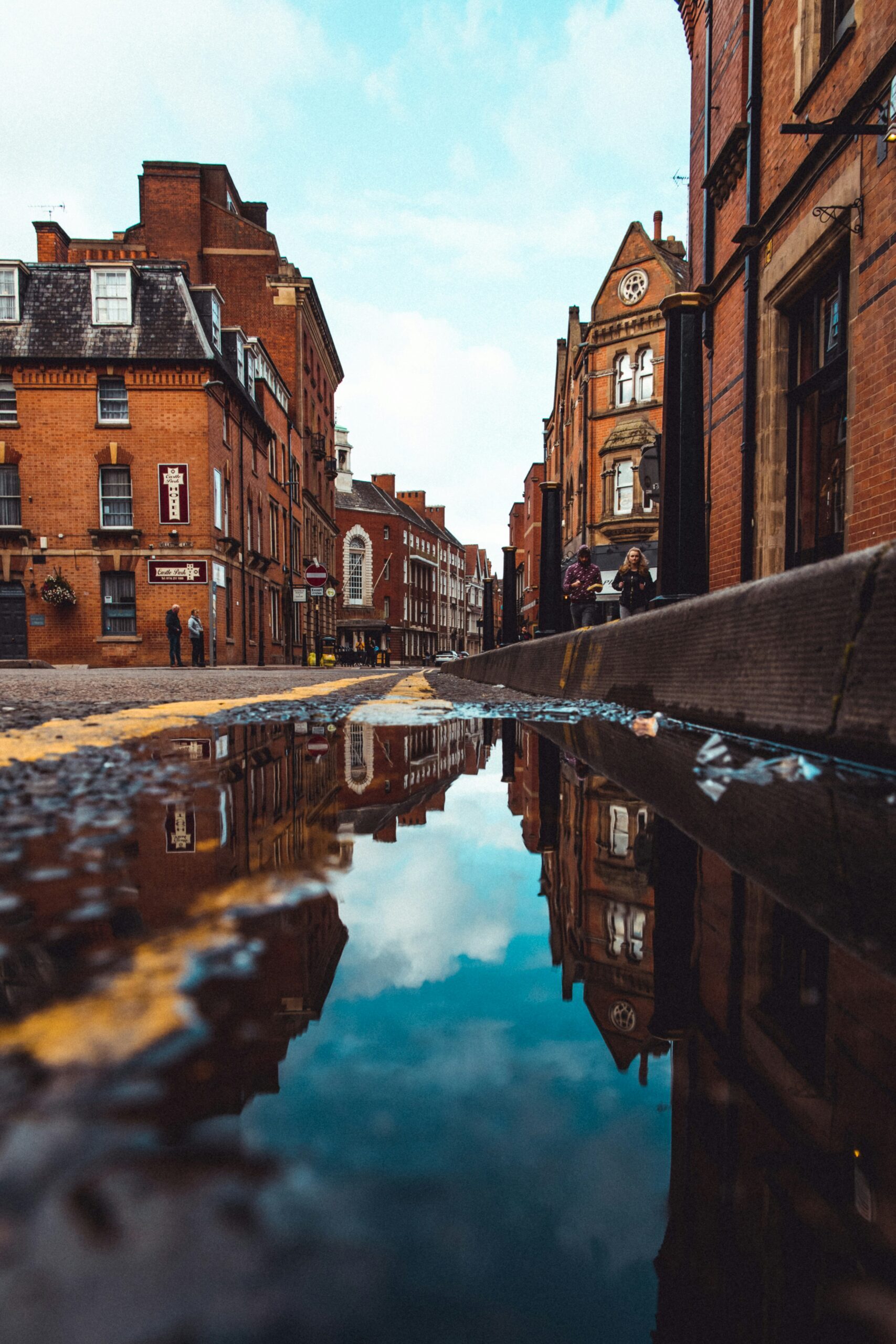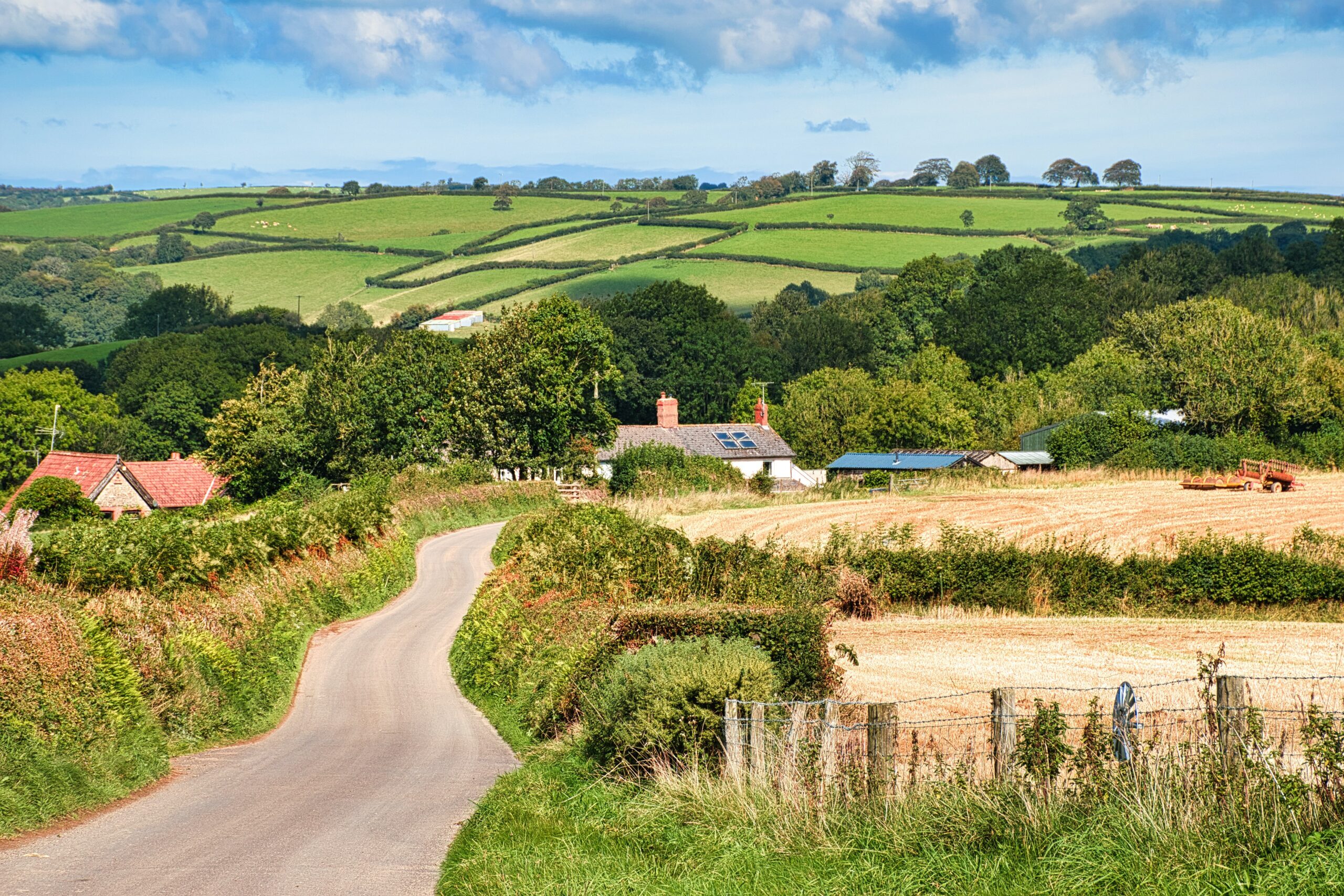Oxfordshire: A Guide to the Heart of England
Introduction to Oxfordshire
Oxfordshire, a county steeped in history and cultural richness, is located in the South East region of England. Its geographical positioning places it conveniently near major cities such as London and Birmingham, making it easily accessible for both domestic and international travelers. The county is renowned for its picturesque landscapes, which include rolling hills, lush greenery, and the iconic River Thames. These natural features enhance Oxfordshire’s appeal as a tranquil yet engaging destination.
The historical significance of Oxfordshire cannot be overstated. It has been a pivotal area since the Roman period and later witnessed the growth of the University of Oxford, one of the oldest and most prestigious universities in the world. Established in the 12th century, the university has played a crucial role in shaping the intellectual landscape of the county and continues to attract scholars from across the globe. The architecture of the university, with its stunning colleges and libraries, serves as an enduring testament to Oxfordshire’s academic prominence and historical depth.
Beyond its educational heritage, Oxfordshire is dotted with a variety of cultural landmarks that cater to diverse interests. Visitors can explore charming market towns like Witney and Abingdon, where local artisans showcase their crafts. Moreover, the county boasts a number of museums, galleries, and historic sites, including the Ashmolean Museum and the Blenheim Palace, a UNESCO World Heritage site. This rich tapestry of attractions ensures that Oxfordshire remains a compelling destination for history enthusiasts, nature lovers, and curious travelers alike, inviting them to immerse themselves in its unique charm.
Top Attractions and Experiences
Oxfordshire, often heralded as the heart of England, is a region steeped in history and culture, offering an array of attractions that cater to diverse interests. At the forefront of these is the University of Oxford, an iconic institution renowned for its stunning architecture and scholarly prowess. Visitors can stroll through the historic colleges, such as Christ Church and Magdalen, and experience the beautiful gardens and courtyards that have inspired generations of thinkers, writers, and leaders. The university also hosts numerous events, including lectures and exhibitions, further enriching its cultural impact.
Another must-visit site is the Ashmolean Museum, which is the oldest public museum in Britain. Known for its vast collections, it houses fascinating artifacts ranging from ancient Egyptian mummies to contemporary art. The museum frequently organizes temporary exhibitions, offering insights into various cultures and artistic movements, making it a dynamic place for both casual visitors and serious art enthusiasts.
Blenheim Palace, a UNESCO World Heritage Site, is yet another gem in Oxfordshire’s crown. This magnificent country house, the birthplace of Winston Churchill, is surrounded by enchanting gardens and vast parklands, providing a stunning backdrop for visitors. The palace offers guided tours that allow guests to discover its opulent rooms and learn about its rich history, while the gardens are perfect for leisurely strolls or enjoying formal events throughout the year.
For those seeking outdoor activities, the picturesque villages such as Bourton-on-the-Water and Woodstock are emblematic of the region’s charm. Visitors may enjoy cycling through the scenic countryside or partaking in local markets that showcase the vibrant community spirit and artisan products of Oxfordshire. Engaging with these attractions not only enriches the visitor experience but also highlights the cultural and natural beauty that define Oxfordshire.
Dining and Accommodation Options
Oxfordshire boasts a diverse culinary scene that celebrates both traditional British fare and imaginative contemporary dishes. Visitors to this picturesque county can savor an array of dining experiences, from charming cafés serving light bites to elegant restaurants offering sophisticated menus. One of the highlights of the region’s dining culture is the emphasis on farm-to-table practices, where local ingredients are showcased prominently, thereby supporting local farmers and enhancing the dishes’ freshness and flavor.
For those in search of a traditional meal, establishments such as The Trout Inn in Wolvercote serve classic British dishes alongside stunning riverside views. Alternatively, The Old Butcher’s in the heart of Oxford presents a modern twist on local recipes, emphasizing seasonal produce. The area is also known for its cozy cafés, like The Handle Bar Café & Kitchen that welcomes visitors with a vibrant atmosphere and a menu featuring locally sourced ingredients.
Accommodation options in Oxfordshire are equally varied, catering to a range of preferences and budgets. Travelers seeking luxury can explore the five-star Belmond Le Manoir aux Quat’Saisons, a gastronomic hotel that offers not only opulent rooms but also a world-renowned restaurant that celebrates seasonal cooking. For a more intimate experience, quaint bed and breakfasts in historic towns like Woodstock provide a homely ambiance at affordable prices, allowing guests to enjoy a personalized stay.
In addition, numerous boutique hotels scattered throughout the region combine contemporary design with rich history, perfect for travelers who desire both style and comfort. With several options near key attractions, travelers can easily experience the beauty of Oxfordshire while enjoying delightful culinary offerings and comfortable lodging. Whether dining at a popular local spot or unwinding in a charming inn, visitors will find ample opportunities to relish in everything that Oxfordshire has to offer.
Travel Tips and Final Thoughts
When planning a visit to Oxfordshire, timing can enhance your experience significantly. The best times to explore this picturesque region are during the spring (March to May) and autumn (September to November). During these months, visitors can enjoy mild weather, avoid the summer crowds, and witness the stunning natural beauty as the landscapes shift with the seasons. Additionally, be sure to check local events, as Oxfordshire often hosts festivals and cultural events that provide unique insights into the area’s heritage.
Transportation within Oxfordshire is efficiently managed and offers various options to cater to different needs. The county connects well via roads and has extensive public transport networks. The Oxford Bus Company serves the city and surrounding areas, while trains provide convenient access to and from major cities such as London, Reading, and Birmingham. For those wishing to explore at their own pace, car rental services are available, allowing travelers the freedom to visit rural attractions and hidden gems. Cycling is another popular option, as many areas have designated bike paths and scenic routes.
Navigating local customs and etiquette is essential for an enjoyable visit. Oxfordshire’s residents are known for their politeness and friendliness. Visitors should remember to say “please” and “thank you,” respect personal space, and be mindful of queueing in public areas. Engaging with locals can enrich the travel experience, and asking for recommendations is often met with helpfulness and enthusiasm.
Oxfordshire is undeniably a jewel in the heart of England, characterized by its historical significance, architectural splendor, and breathtaking landscapes. Whether you’re wandering through the cobbled streets of Oxford, enjoying the tranquil countryside, or indulging in local cuisine, the experiences are bound to leave a lasting impression. As you plan your journey, let the unique charm of Oxfordshire inspire you to explore this captivating destination.


